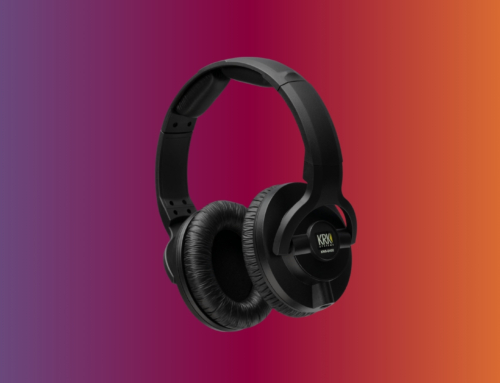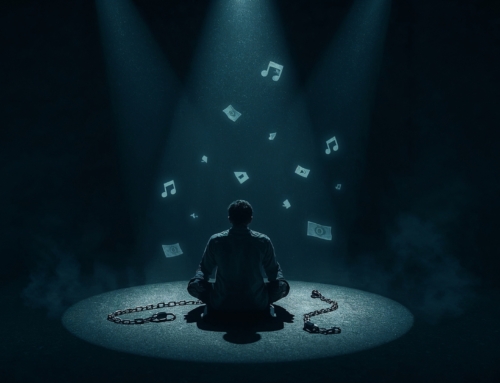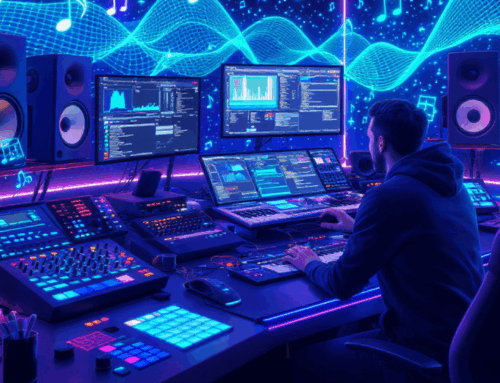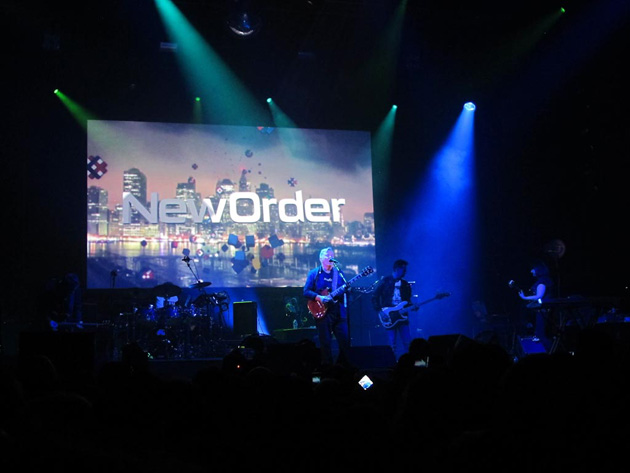 Modern-day electronic music owes a great deal to New Order, of seminal 1983 dance single “Blue Monday.” That being said, the band’s 30-plus year career has never kept on a strictly electronic path, starting out as quintessential post-punk outfit Joy Division, experimenting with synths and sequencers early on, dabbling in acid house on 1989’s Technique, and finding a medium between the guitars and the dance floor on their last two releases, 2001’s Get Ready and 2005’s Waiting for the Sirens Call. The group’s October 19 show at New York’s Roseland Ballroom reflected both sides of the band’s extensive history.
Modern-day electronic music owes a great deal to New Order, of seminal 1983 dance single “Blue Monday.” That being said, the band’s 30-plus year career has never kept on a strictly electronic path, starting out as quintessential post-punk outfit Joy Division, experimenting with synths and sequencers early on, dabbling in acid house on 1989’s Technique, and finding a medium between the guitars and the dance floor on their last two releases, 2001’s Get Ready and 2005’s Waiting for the Sirens Call. The group’s October 19 show at New York’s Roseland Ballroom reflected both sides of the band’s extensive history.
Although an album is planned in the distant future, New Order’s current trek, which included the Ultra Music Festival in March and dates across other continents, is part of a reunion tour. But “reunion,” in a sense, is a misnomer, as original bassist Peter Hook did not return and, instead, was replaced by Tom Chapman. Keyboardist Gillian Gilbert, who left the ensemble in 2001 after recording Get Ready, returned, and Phil Cunningham, who replaced Gilbert in 2001 and recorded Sirens Call, is still with New Order. While purists and Hook may claim this is not the “real” New Order, the ensemble was as tight as ever, if not offering a cleaner performance than past efforts.
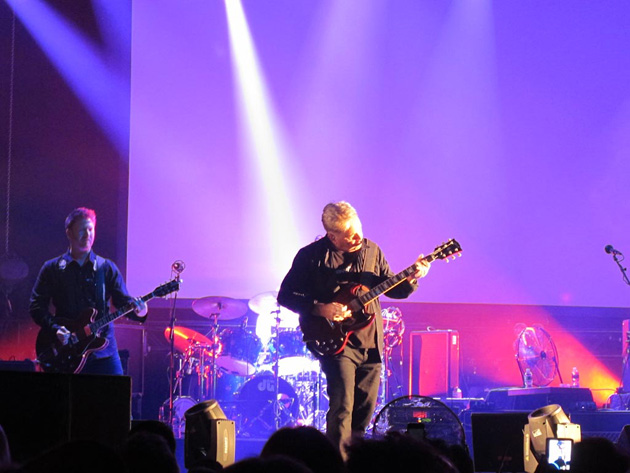
Electronic instrumental “Elegia,” from 1985’s synth-based Low-Life, opened and quickly segued into 2001’s hit “Crystal,” which set the tone for the first half of their set. Although sticking generally with their more well-known songs, New Order ran through their more guitar-based hits early on, including “Ceremony,” “Age of Consent,” and “Love Vigilantes,” the odd country-influenced Low-Life opener featuring a melodica.
“Here to Stay,” an original contribution to the 24 Hour Party People soundtrack produced by The Chemical Brothers, added the much-needed electronic break during the set’s first half. However, the Roseland’s acoustics resulted in an uneven balance between the keyboards and samples and guitars, which are typically much lower in the mix on this track.
Although the first half of the set was rounded out by Get Ready album track “Close Range,” the second half of New Order’s performance was strictly for the dance floor. With the exception of experimental Power, Corruption and Lies track “5 8 6,” New Order touched on all their major dance hits: the upbeat “Bizarre Love Triangle,” “Blue Monday,” the sequencer-featuring “The Perfect Kiss,” “True Faith” with a dance floor opening refrain, and “Temptation,” complemented by a disco ball descending from the ceiling.
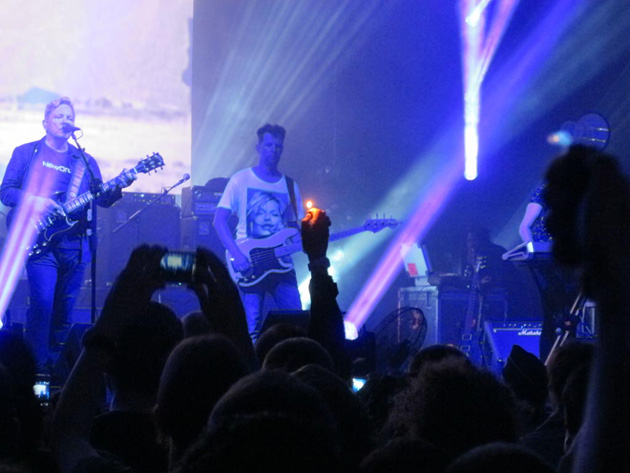
Although New Order has had a lengthy career vacillating between guitar-based songs and dance floor hits, the last being “Guilt is a Useless Emotion” that reached No. 3 on the Billboard Hot Dance Music/Club Play Chart, their origins are as a post-punk band inspired by the Sex Pistols. For a good deal of their post-Joy Division career, they refused to play that aspect of their back catalog, until 1998. From that point on, a handful of Joy Division’s singles have crept into their setlist, and at the Roseland Ballroom, their encores consisted of “Love Will Tear Us Apart” and “Atmosphere.” Bernard Sumner’s smooth vocals, on the other hand, don’t have the rough character of Ian Curtis’ and, instead, give each Joy Division song a pop quality.
Ensemble-wise, New Order has never been cleaner – a significant change from the alcohol- or ecstasy-fueled sets of their Hacienda days. Chapman adequately filled in for Hook, while Sumner’s vocals remained consistent and on-key throughout the evening.
